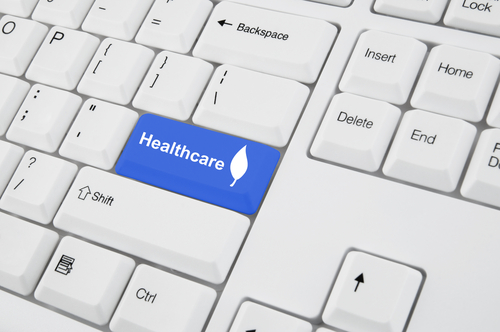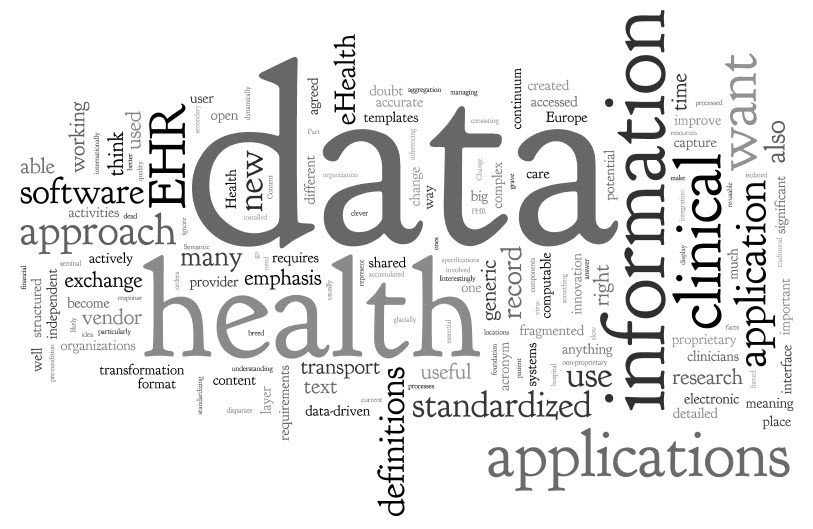The ultimate juggling act: clinical labs in a hospital setting are required to maintain the highest operational standards. They complete their own inpatient testing while managing the logistics of send-outs and the returning results from reference and specialty labs. No matter where it’s coming from, comprehensive data needs to get back to the ordering physician - data required to make the best care decisions.
How do clinical labs provide quick and consistent information to providers if some of the data is interfaced and some of it is not? Interfaced clinical lab data travels smoothly throughout the organization to the ordering physician and other providers with permission to access it for the purposes of treating that patient. The data is secure and discrete, allowing providers to use it, graph it, analyze it and compare it to other data relative to that patient. But what if the data is stuck in a faxed document from an external lab? Information arriving this way loses those qualities and creates extra work to open it, find the valuable pieces of information, and consider its implications for that patient.
Tools are available to help clinical labs with the job of running their labs. Lab Information Systems and Analytical Tools enable them to enhance operational, clinical and financial outcomes. But what about the special issues caused by needing to manage your own data AND dealing with incoming results from send-outs? An LIS or EHR gives you a repository for incoming information and facilitates the sharing of that information with providers, but what tools exist to help clinical labs get the information arriving from many sources into those systems?
A way to better serve the clinical staff is to convert external lab results into the same format (discrete, electronic) and input that information into the same systems as inpatient lab results. A solution for this problem lies in the workflow optimization and automated data capture provided by an Advanced Clinical Data Capture solution. Advanced data capture allows for faster, easier conversion and validation of incoming data into your LIS or EHR for immediate access by your clinical staff, the same way they would access it if the data came from inpatient sources.
Read More









